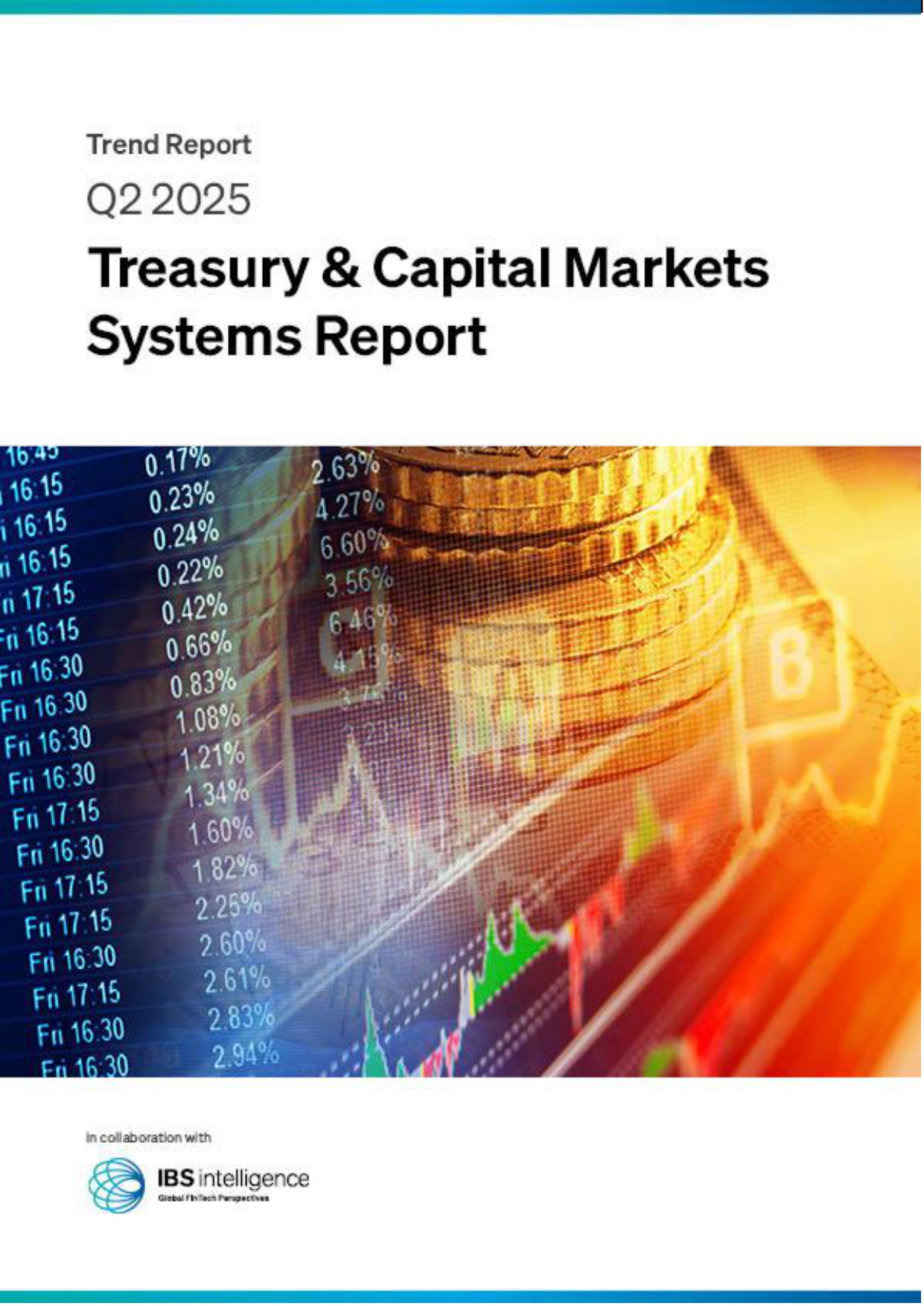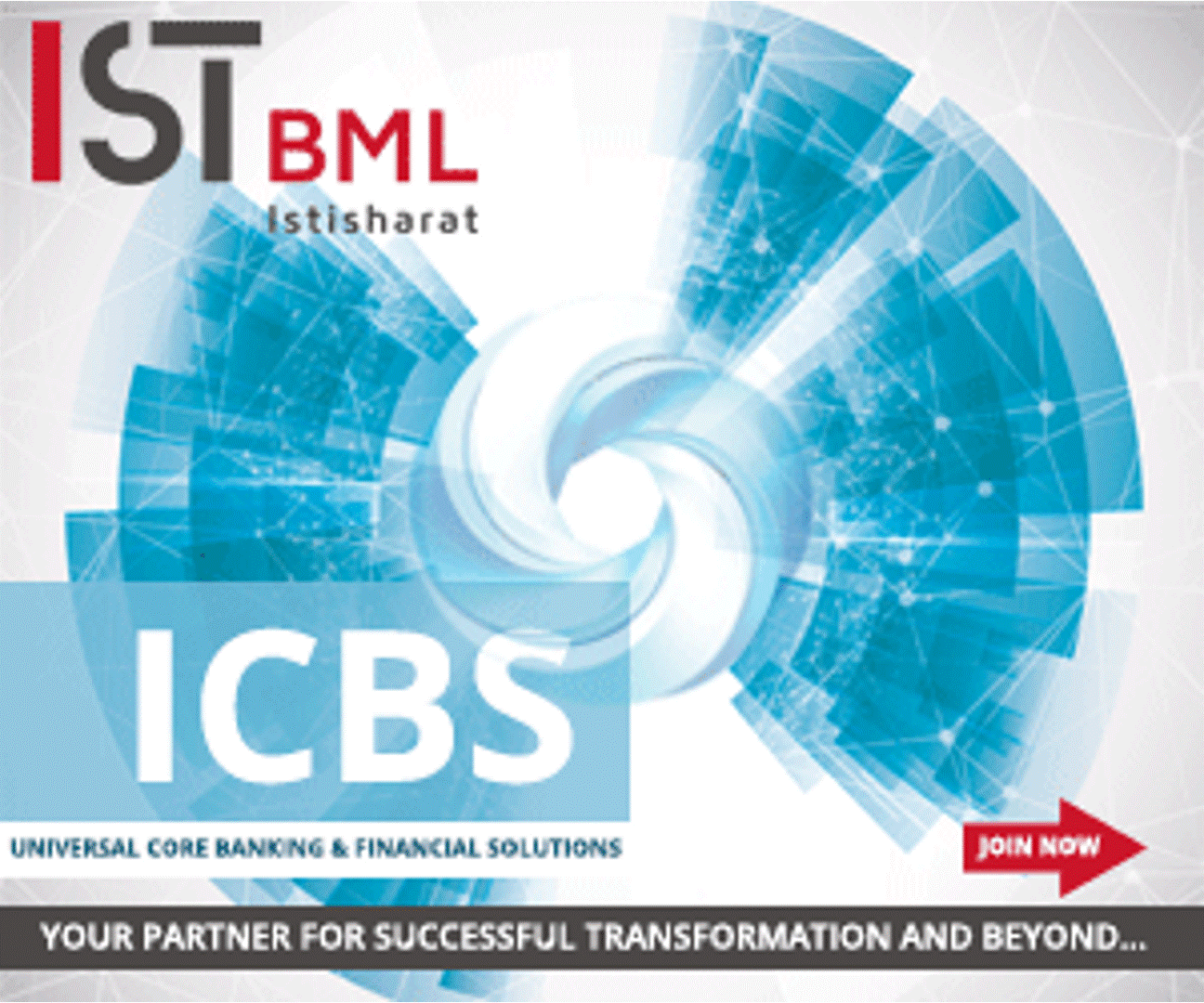 Back
Back
Digital money – challenge or opportunity?
By Robin Amlot
From the department of no real surprise comes the conclusion of the International Monetary Fund policy paper Digital Money Across Borders: Macro-Financial Implications: “As the pace of digitalisation accelerates, the landscape of international finance will likely be in a state of flux.” Really? However, it is true – payments and financial services provision are going to be increasingly integrated with the digital economy and digital money organised through the internet and mobile phones.
The report goes on to suggest that new forms of digital money could lead to a more efficient and a more integrated global financial system but with potentially significant impacts on monetary policy effectiveness, and monetary and financial stability.
What is clear is that progress with digital technologies has increased the prospects for adoption of new forms of digital money for both domestic and international transactions. These include central bank digital currencies (CBDCs) and the so-called global stablecoins (GSCs) – the likes of Libra and Bitcoin.
The paper suggests: “CBDCs and GSCs potentially lower transaction costs by increasing competition, widen access to services and promote financial inclusion through mobile devices, and open the possibility of complementary services offered on social networking and e-commerce platforms of global scale.”
However, the IMF goes on to warn that digital money adoption across borders also entails risks and policy challenges: “Foreign CBDCs and GSCs could raise pressures for currency substitution and worsen vulnerabilities from currency mismatches. They could reduce the ability of local authorities to run monetary policy. Without appropriate safeguards, they could facilitate illicit flows and make it harder for regulatory authorities to enforce exchange restrictions and capital flow management measures. In the case of GSCs, there are additional challenges relating to their governance.
“GSCs that do not represent independent units of account are similar to CBDCs in terms of monetary effects but could affect financial stability as they may suffer from bouts of confidence crisis. GSCs that represent new and independent units of account could similarly offer improved financial services but have a potentially more fundamental impact on global monetary and financial stability.”
IBSi FinTech Journal
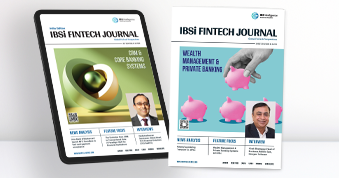
- Most trusted FinTech journal since 1991
- Digital monthly issue
- 60+ pages of research, analysis, interviews, opinions, and rankings
- Global coverage
Other Related News
Related Reports

Sales League Table Report 2025
Know More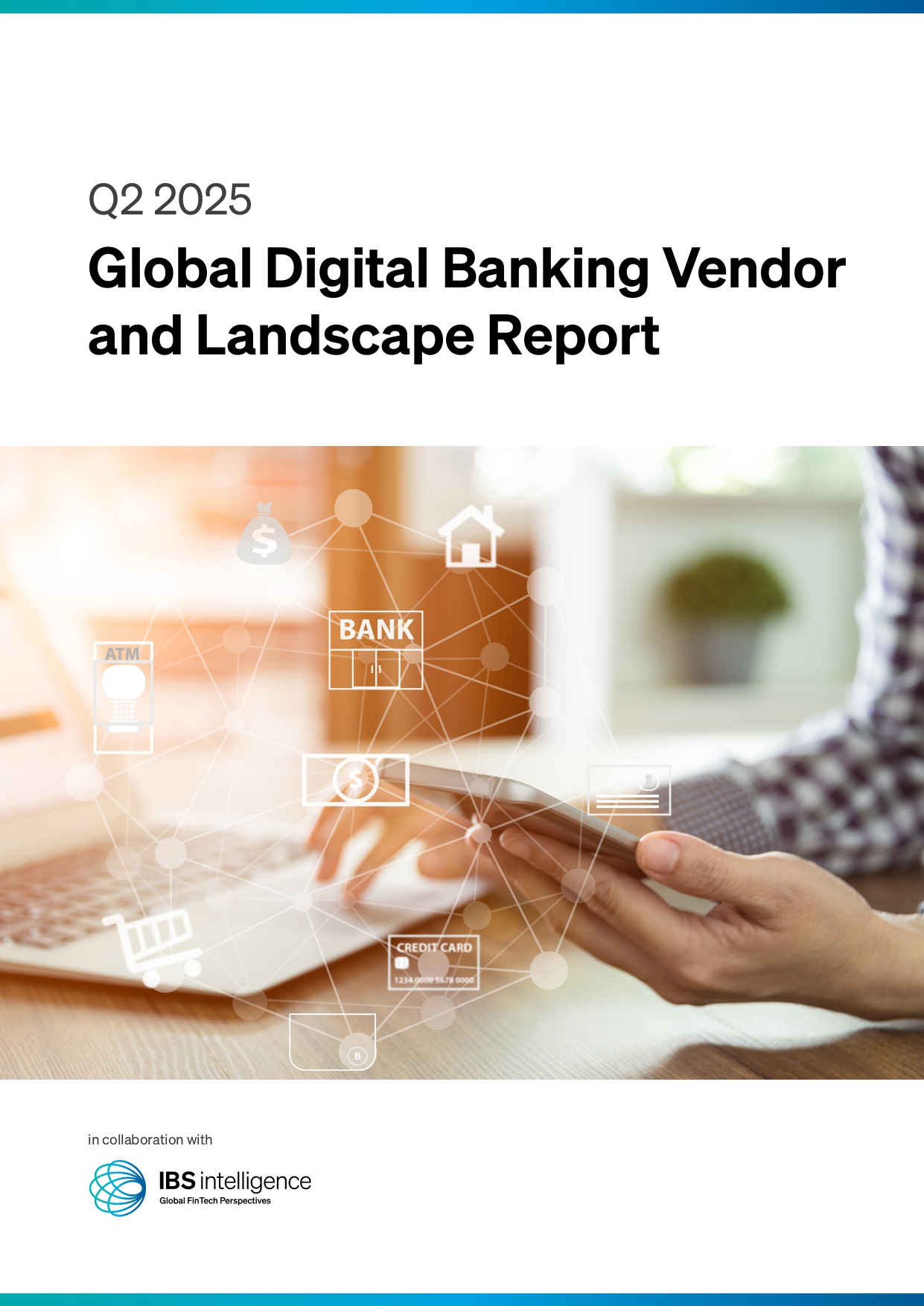
Global Digital Banking Vendor & Landscape Report Q2 2025
Know More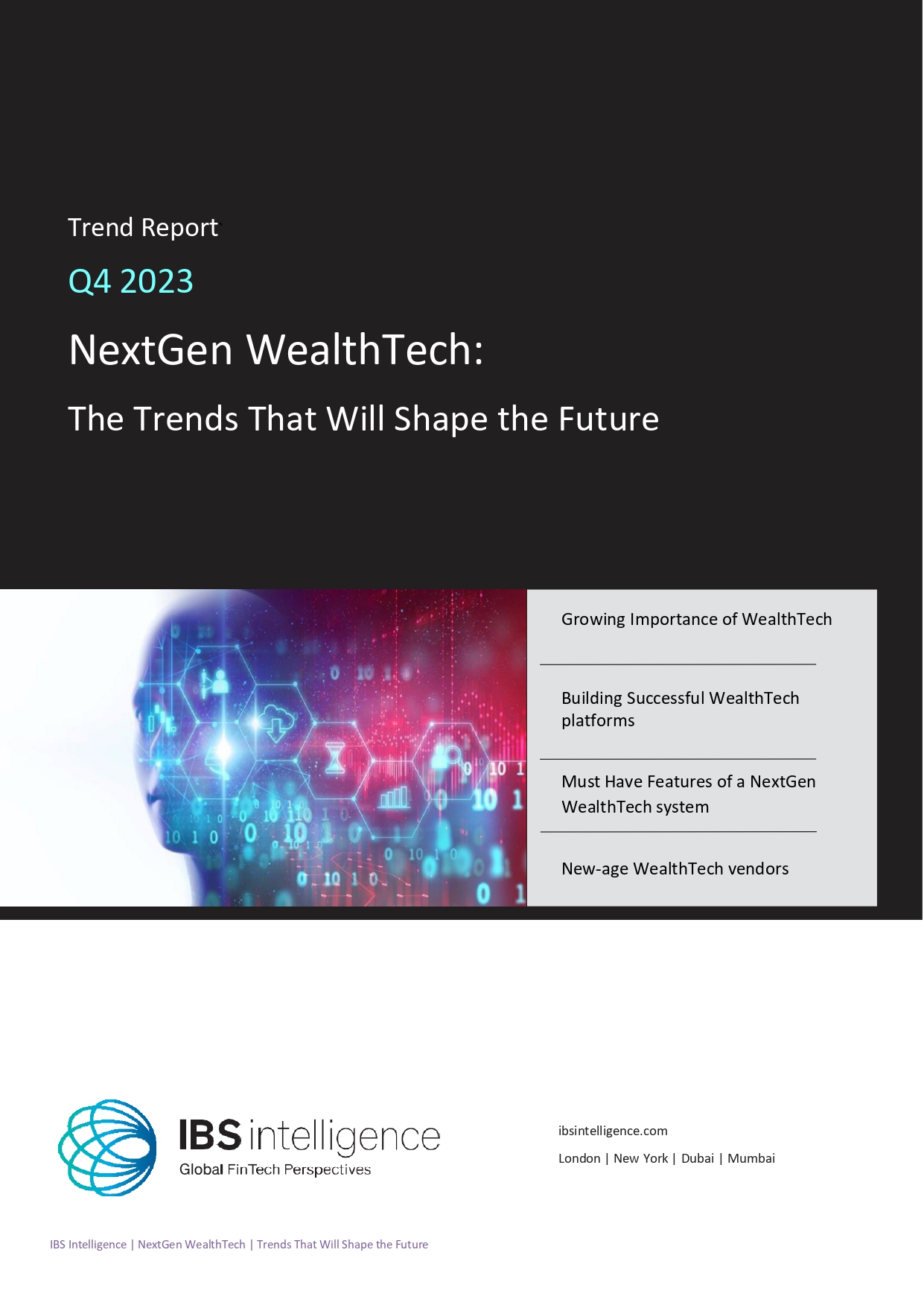
NextGen WealthTech: The Trends To Shape The Future Q4 2023
Know More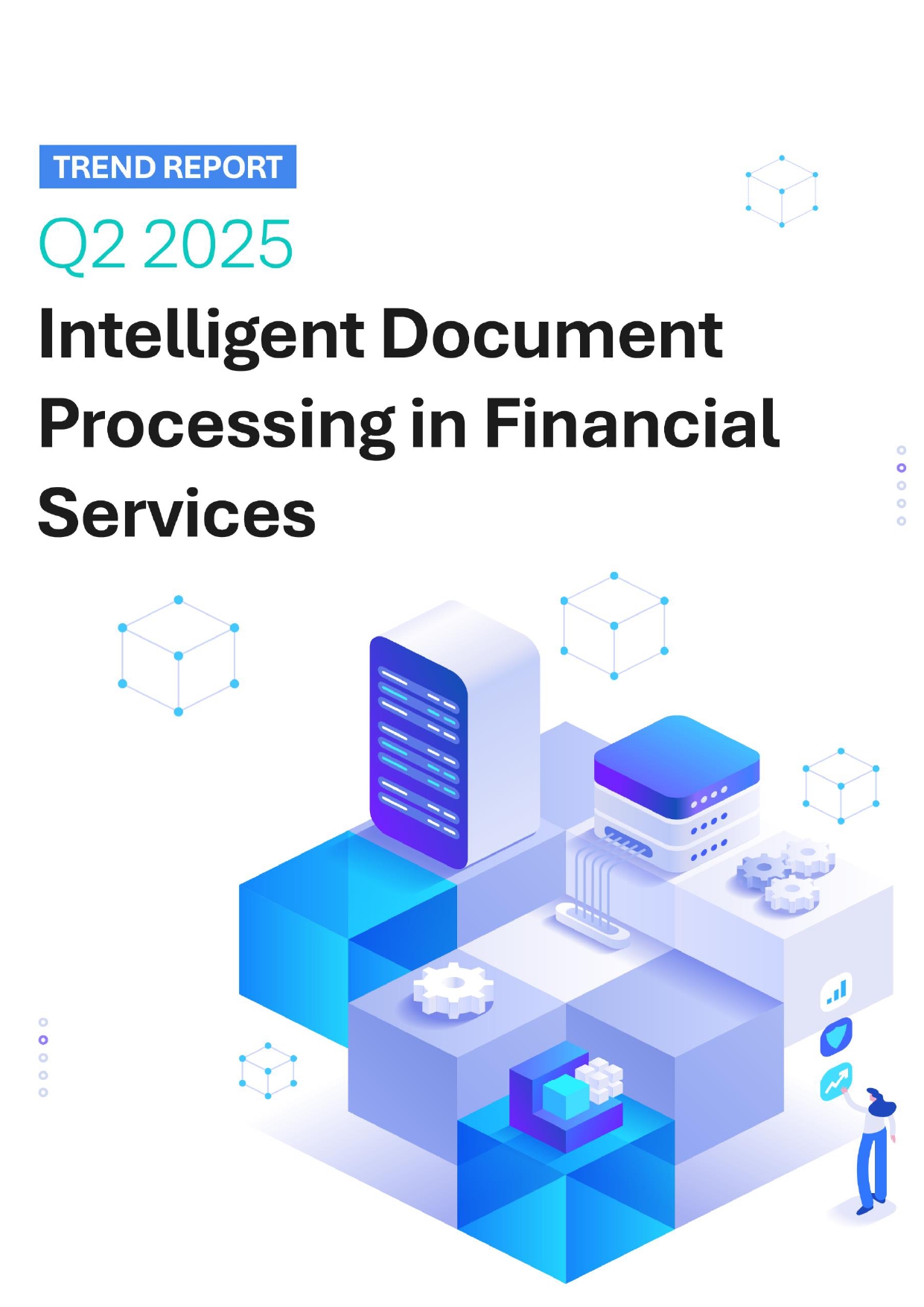
Intelligent Document Processing in Financial Services Q2 2025
Know More